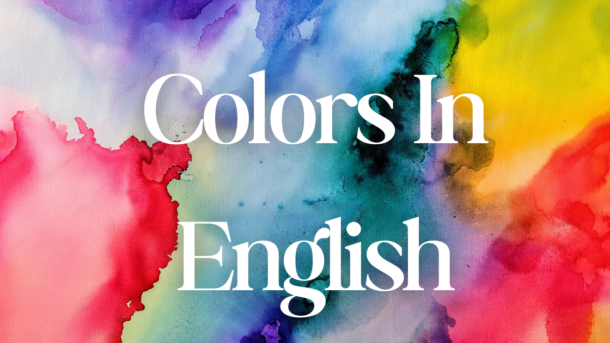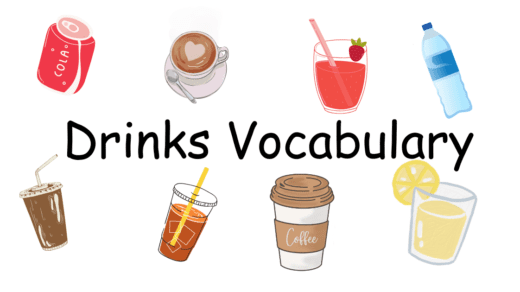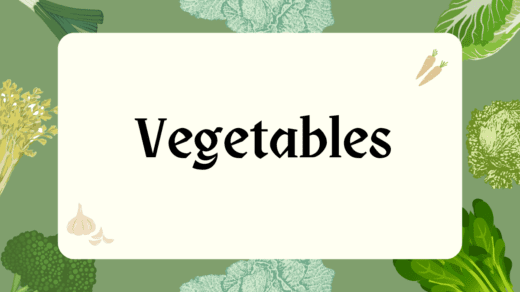Colors are an essential part of our daily lives, and learning the names of colors in English is an important skill for English language learners. In this lesson, we will explore the basic colors in English, their pronunciation, and usage.
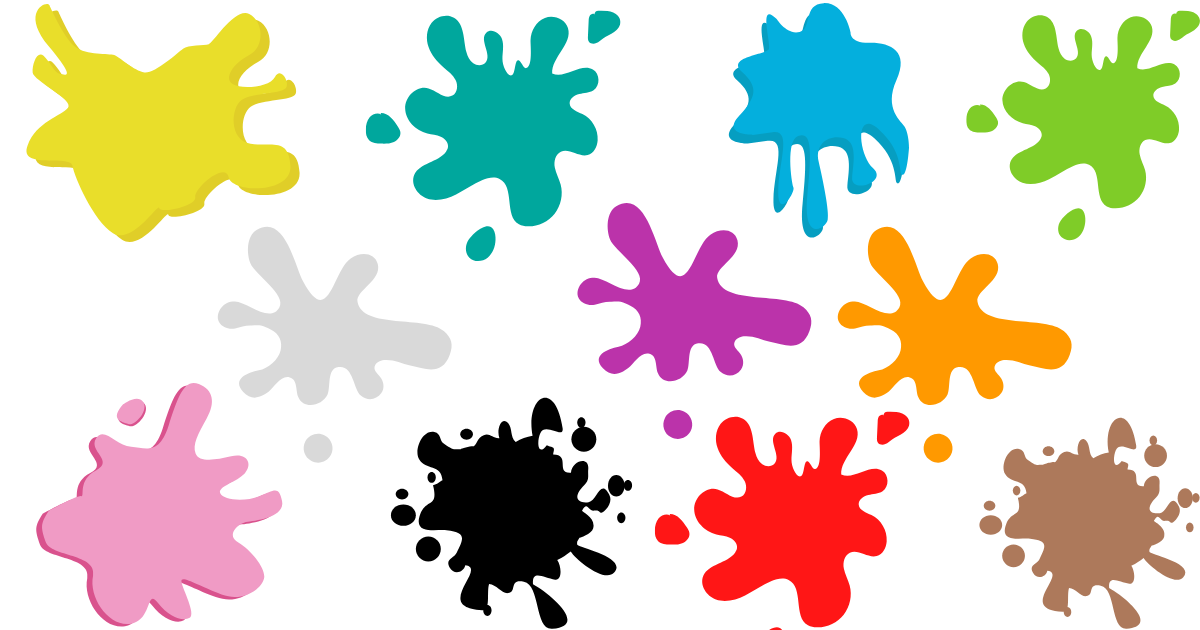
Basic Colors In English
There are many colors in the English language, but let’s start with the basic ones:
- Red (pronounced as /rɛd/)
- Example sentence: “The apple is red.”
- Blue (pronounced as /bluː/)
- Example sentence: “The sky is blue.”
- Green (pronounced as /ɡriːn/)
- Example sentence: “The grass is green.”
- Yellow (pronounced as /ˈjɛloʊ/)
- Example sentence: “The sun is yellow.”
- Orange (pronounced as /ˈɒrɪndʒ/)
- Example sentence: “The orange is orange.”
- Purple (pronounced as /ˈpɜːpl/)
- Example sentence: “The grape is purple.”
- Black (pronounced as /blæk/)
- Example sentence: “The dress is black.”
- White (pronounced as /waɪt/)
- Example sentence: “The snow is white.”
- Grey (pronounced as /greɪ/)
- Example sentence: “The stone is grey.”
- Brown (pronounced as /braʊn/)
- Example sentence: “The chocolate is brown.”
Other Colors in English
In addition to the basic colors, there are many other colors in English, including:
- Pink (pronounced as /pɪŋk/)
- Example sentence: “The flower is pink.”
- Gold (pronounced as /ɡoʊld/)
- Example sentence: “The medal is gold.”
- Copper (pronounced as /ˈkɒpər/)
- Example sentence: “The wire is copper.”
Colors of the rainbow in English
A rainbow is an interesting natural phenomenon that you’ll be familiar with. Light is divided into a spectrum of seven colors:
- Violet
- Indigo
- Blue
- Green
- Yellow
- Orange
- Red
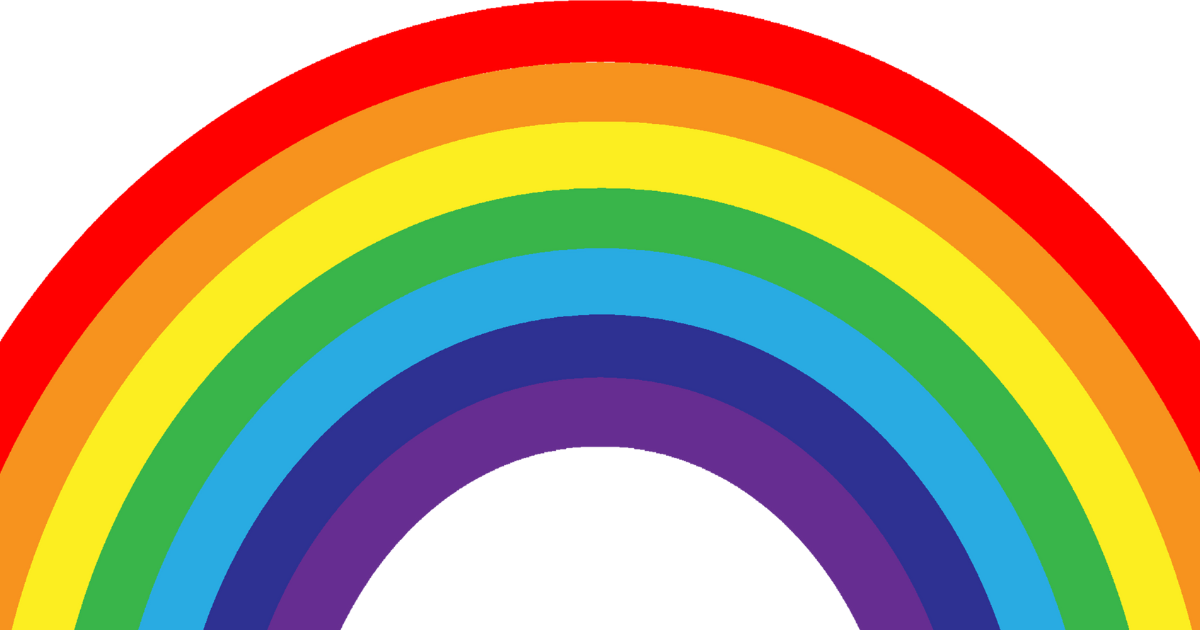
Shades of Colors
In addition to the standard colors, many shades may be used to specify a particular hue. These include:
- Light Blue: A softer and more delicate version of blue.
- Dark Green: A deeper shade that may signify richness and depth.
- Bright Yellow: A vibrant and eye-catching shade.
- Pastel Colors: Soft colors such as pastel pink, blue, and green, often used in art and design
Common Phrases
Here are some common phrases used to describe colors in English:
- “In color”: used to describe something that has a bright or vibrant color.
- Example sentence: “The painting is full of bright colors.”
- “Out of color”: used to describe something that has faded or lost its original color.
- Example sentence: “The old car was out of color, so I repainted it.”
- “Colorful”: used to describe something that has many bright or vivid colors.
- Example sentence: “The parade was colorful and fun to watch.”
Color-Related Phrases and Idioms:
- In the pink (feeling happy and healthy)
Example: After the vacation, she was in the pink. - See red (to be angry or upset)
Example: I saw red when I heard the news. - Feeling blue (feeling sad or depressed)
Example: After the breakup, he felt blue. - Green with envy (feeling jealous or envious)
Example: She felt green with envy when her friend got the promotion.
Exercises
- Match the color with its correct spelling:
- The sky is ______green
- The grass is ______blue
- The dress is ______ black
- Complete the following sentences with a color:
- The ______ flower bloomed in the garden.
- The ______ sky was beautiful today.
- The ______ dress was lovely.
Why does “color” have two different spellings?
The word “color” has two different spellings—”color” and “colour”—primarily due to regional variations in English. “Color” is the American English spelling, while “colour” is the British English version. This divergence stems from historical influences and the simplification of English in the United States. Noah Webster, an American lexicographer, aimed to create a distinct American identity in the language during the 19th century and advocated for spellings that were more phonetic and consistent. As a result, many words, including “colour,” saw changes such as the removal of the “u.” Despite the different spellings, both forms are pronounced the same and refer to the same concept.
Why does “gray” have two different spellings?
The word “gray” has two different spellings—”gray” and “grey”—due to variations between American and British English. In American English, “gray” is the preferred spelling, while “grey” is commonly used in British English. This distinction arose from historical linguistic influences and regional pronunciations. The spelling “grey” can be traced back to Old English, while “gray” became more standardized in the U.S. over time. Both spellings are accepted and understood.
Essential English colors and their meanings
Colors hold significant cultural and psychological meanings that can vary across different societies. Here are some essential colors in English and their common meanings in English contexts:
- Red: Symbolizes passion, love, energy, and sometimes anger. It is often associated with strong emotions and urgency.
- Blue: Represents calmness, trust, and stability. It is commonly linked to feelings of serenity and reliability.
- Yellow: Evokes feelings of happiness, optimism, and warmth. However, too much yellow can sometimes lead to anxiety.
- Green: Associated with nature, growth, and renewal. It often symbolizes health, tranquility, and prosperity.
- Orange: A blend of red and yellow, orange conveys enthusiasm, creativity, and vibrancy, often associated with warmth and vitality.
- Purple: Traditionally linked to royalty, luxury, and power, purple also represents creativity and spirituality.
- Black: Symbolizes elegance, formality, and sophistication, but can also denote mourning and negativity.
- White: Represents purity, innocence, and simplicity. In many cultures, it is associated with peace and new beginnings.
Understanding these colors in english meanings can aid in effective communication, art, design, and emotional expression.
Conclusion
Learning the names of colors in English is an important skill for language learners. In this lesson, we explored the basic colors, their pronunciation, and usage. Practice these exercises to improve your understanding of colors in English!
